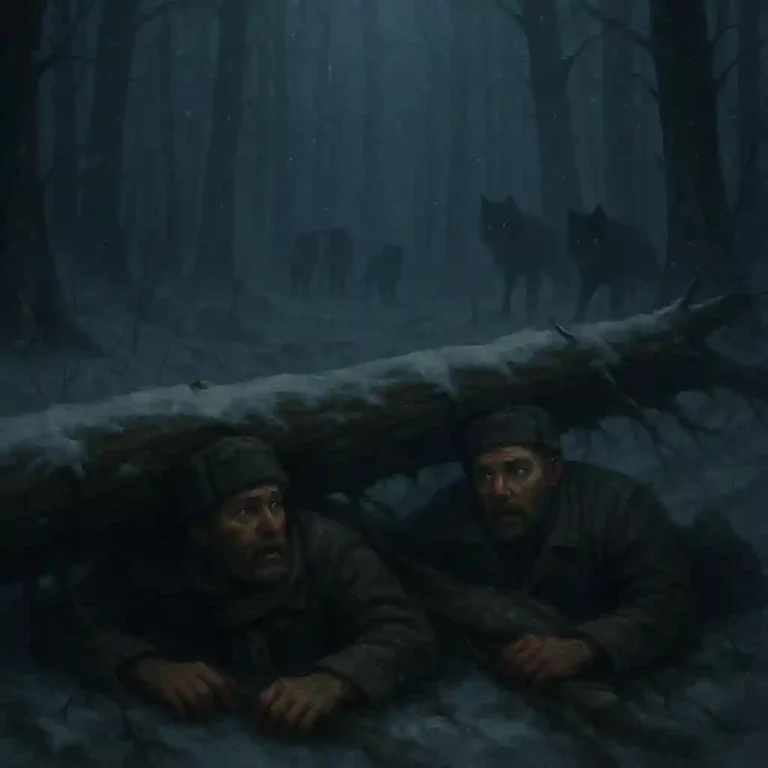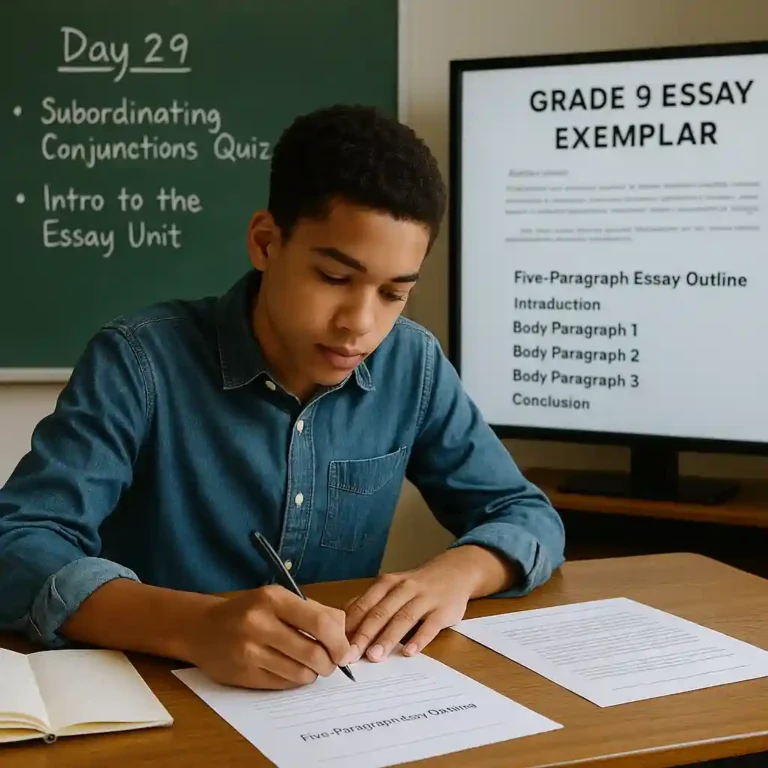Day 4: Practice Identifying Plot English Lesson
By now, students have learned what plot is and why it matters. Today, we shift into practicing how to actually identify and map plot in action. This is where the concept starts to click for them, as they move from definitions to analysis.
Step 1: Reading Log and Independent Reading
Hand out the reading log to students at the start of class.
Students will read their self-selected books for 10–15 minutes.
In their log, ask them to write down one important thing that happened in their book during this session. This helps them practice recognizing key events — a skill they’ll need for identifying plot later.
Click here for the Reading Log
Step 2: Practice Identifying Plot with Media
Next, guide students through a shared activity:
Choose a short documentary, cartoon, movie clip, TV scene, or brief reading passage.
The piece should be short enough to cover within class but rich enough to show clear plot points. I like to use the Zion documentary on Netflix.
Provide students with a blank plot diagram handout.
As a class, fill in the plot diagram together, identifying:
Exposition
Rising action
Climax
Falling action
Resolution
Take time to model the thinking process, pointing out how one event leads to another and how tension builds toward the climax. Encourage students to ask questions and debate where moments belong on the diagram.
Click here for the plot diagram.
Step 3: Literary Devices Glossary Work
Finish class with more entries for the literary devices glossary. Today’s words are:
Euphemism
Euphony
Hyperbole
Imagery
Verbal Irony
Dramatic Irony
Situational Irony
Students can either copy down definitions or research them, depending on the teacher’s preference.
Wrap-Up
By the end of this lesson, students will have:
Logged an important event in their personal reading.
Practiced identifying and mapping plot in a shared text.
Expanded their literary devices glossary with seven new terms.
This steady balance of reading, discussion, and vocabulary keeps students engaged while sharpening their analytical skills.






